
One of the biggest Asian banks has revealed plans to cut 4,000 jobs, a landmark decision that is symbolic of the increasing presence of artificial intelligence in the banking industry. The bank defended the action by explaining that increased uptake of AI technology that can carry out tasks previously performed by human employees was the driving force. As banks seek to improve efficiency and lower operating costs, this strategic shift represents a turning point for the industry.
The bank redundancies, whose name has not been disclosed, would come primarily from administrative and back-office roles. Artificial intelligence (AI) technologies like chatbots, machine learning algorithms, and automated decision systems have to some degree already replaced most of these roles. By automating tasks like data input, transaction processing, and customer service that are routine, these technologies enable the bank to become more efficient and have fewer employees. As part of its broader digital transformation program, the bank is cutting hundreds of job openings.
Banks across the globe have been looking for ways to incorporate AI into their operations for the last couple of years as a means of keeping up with the fast-changing technology and the increasing demand for more efficient and personalized banking services. AI has been found to be especially helpful in automating routine work, allowing banks to do away with the use of a massive amount of human resources while providing consumers with faster and more accurate services.
Though implementing AI solutions is thought to be essential for remaining competitive in the fast-changing financial industry, it has caused worries about its effect on workers. Where labor is being automatized in such a prominent capacity, the 4,000 workers who are going to be let go on account of said process will remain unaware of the futures ahead. With demand only growing for job opportunities centered upon data analysis, cybersecurity, and AI design, some of the affected individuals can expect to have to reskill or upskill so that they are as much a match in the workforce. Moreover, the job loss signals the general sweep of automation across industries. The same trend is being observed in most industries with the expansion of AI technologies in which machines and algorithms substitute human beings as employees in otherwise regarded as unreplaceable roles. The future of employment, the morality of using AI, and the necessity of social safety nets to help displaced workers are some of the issues raised by this change, which is not without its problems. The advent of AI has both positive and negative implications for the banking industry. While on the one hand, it allows banks to reduce costs, enhance efficiency, and provide more personalized service to customers, on the other hand, people already familiar to some degree with technology and AI would be less capable of competing with others in less innovative professions, resulting in unemployment and greater inequality.
Briefly, the report of 4,000 job cuts at a large Asian bank because of AI growth indicates growing banking and other industry automation. While artificial intelligence (AI) can significantly lower cost and enhance productivity, it also raises issues about reskilling staff and job loss. As the economy is more and more automated, it will become more and more important to strike a balance between maximizing what can be derived from automation and making sure employees are being well cared for.
























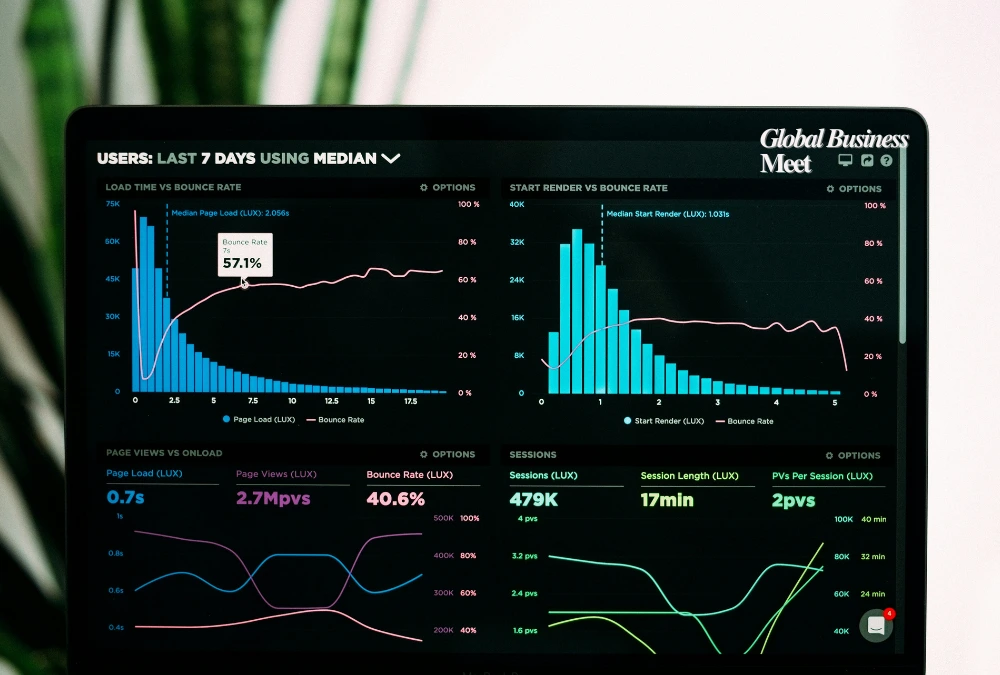
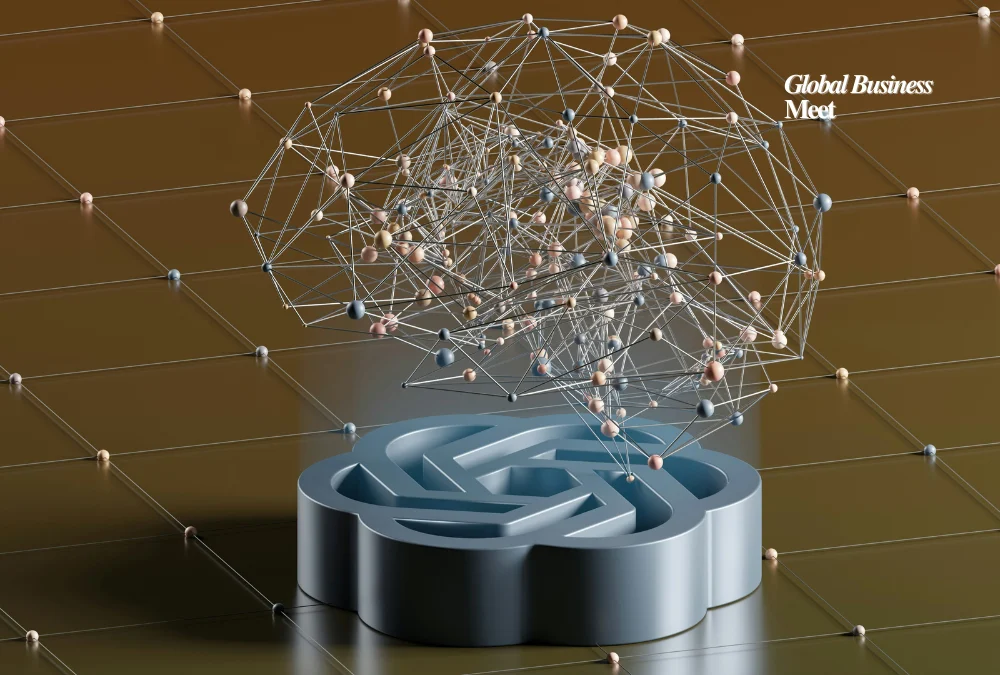








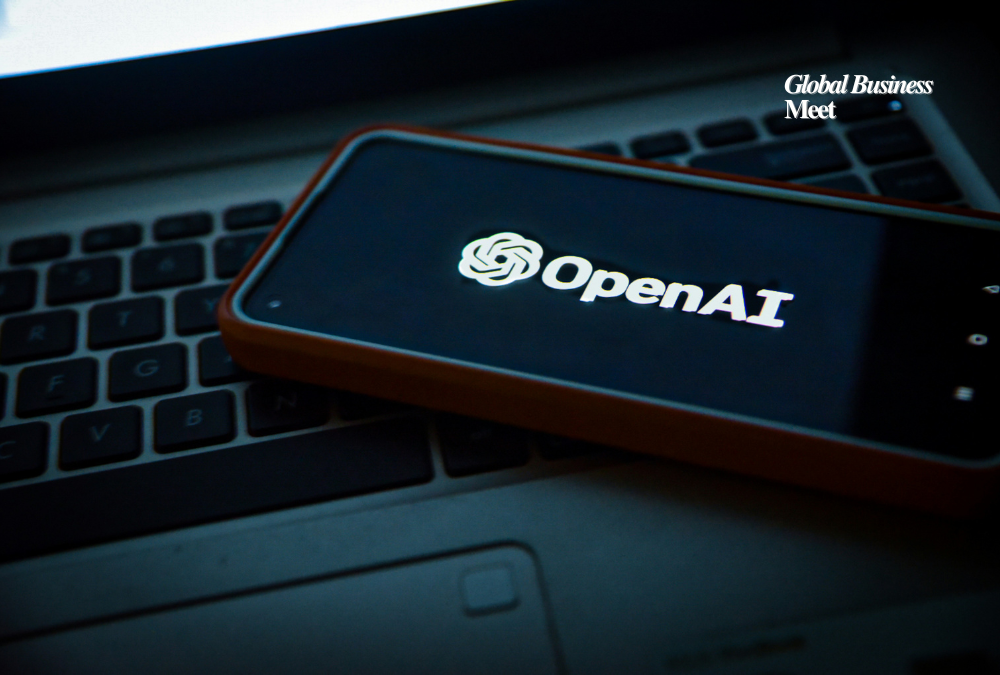






























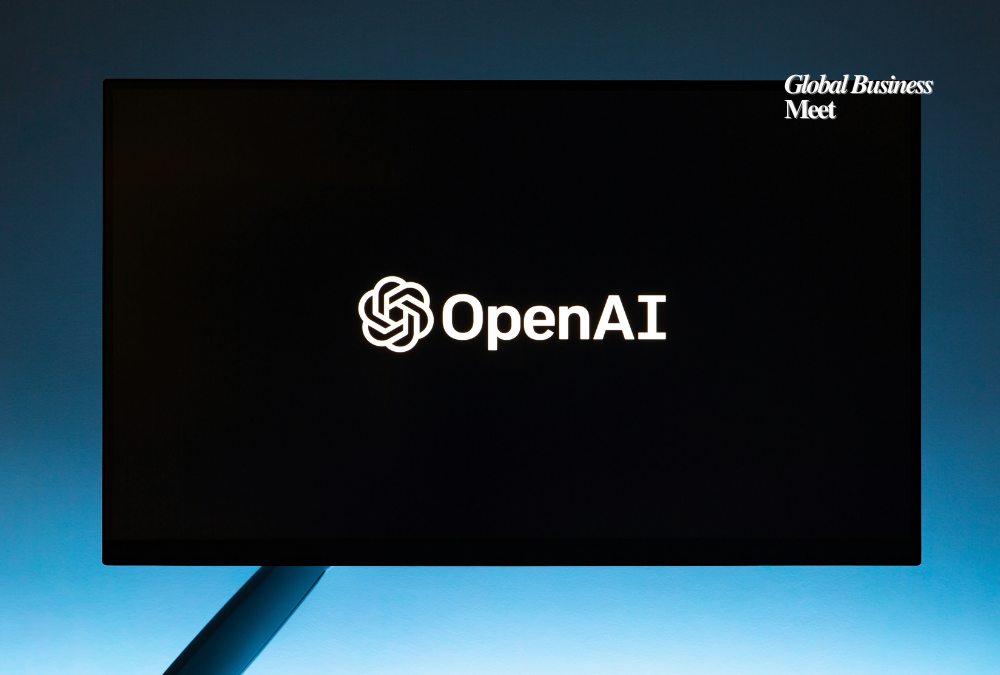


















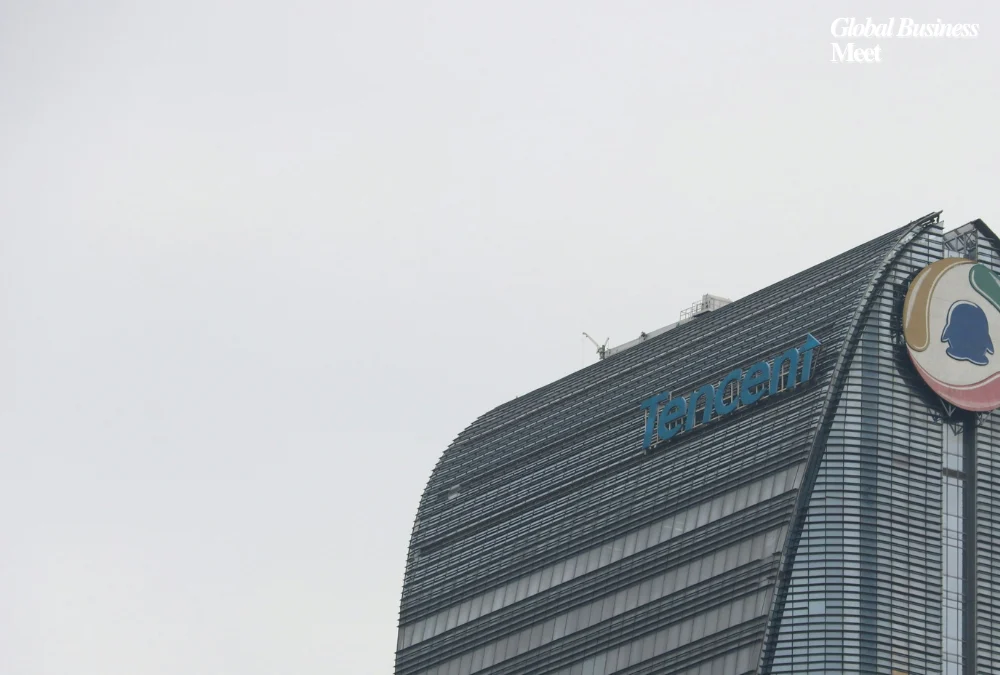


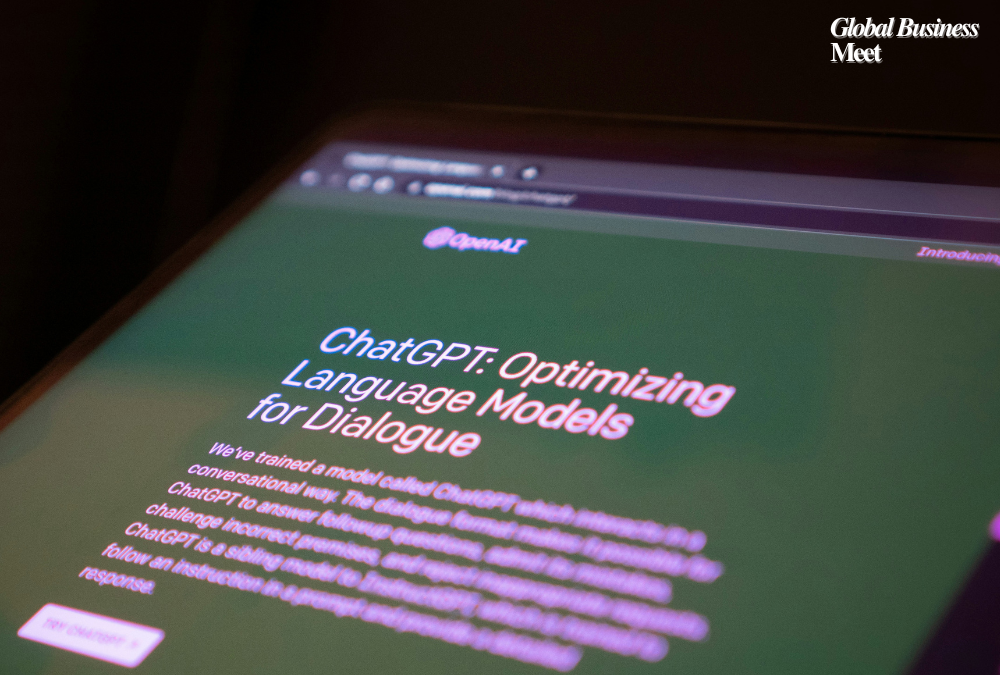


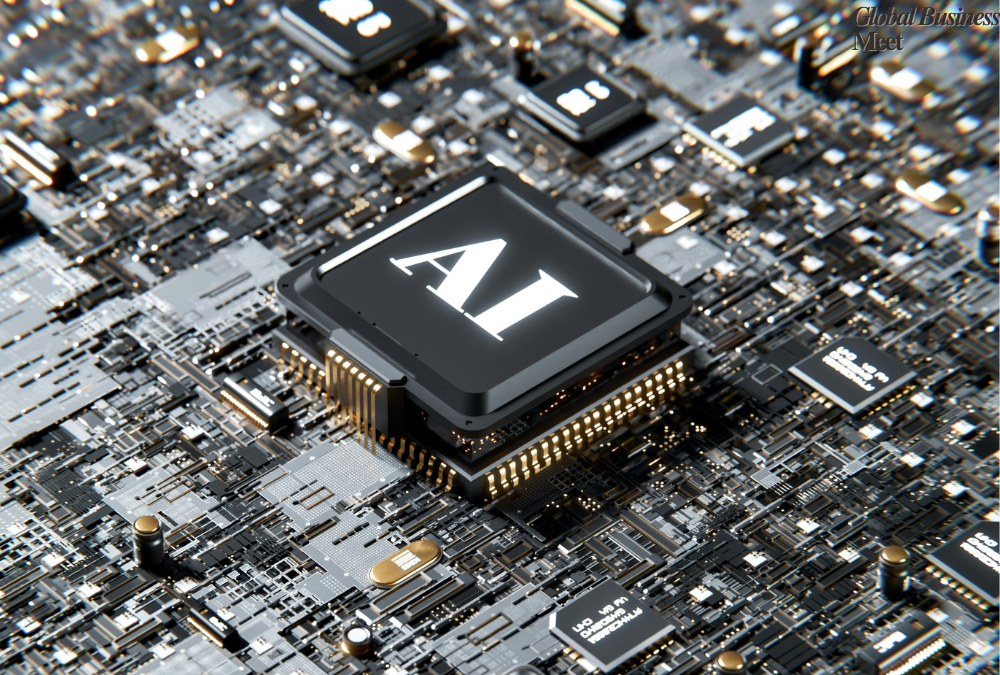


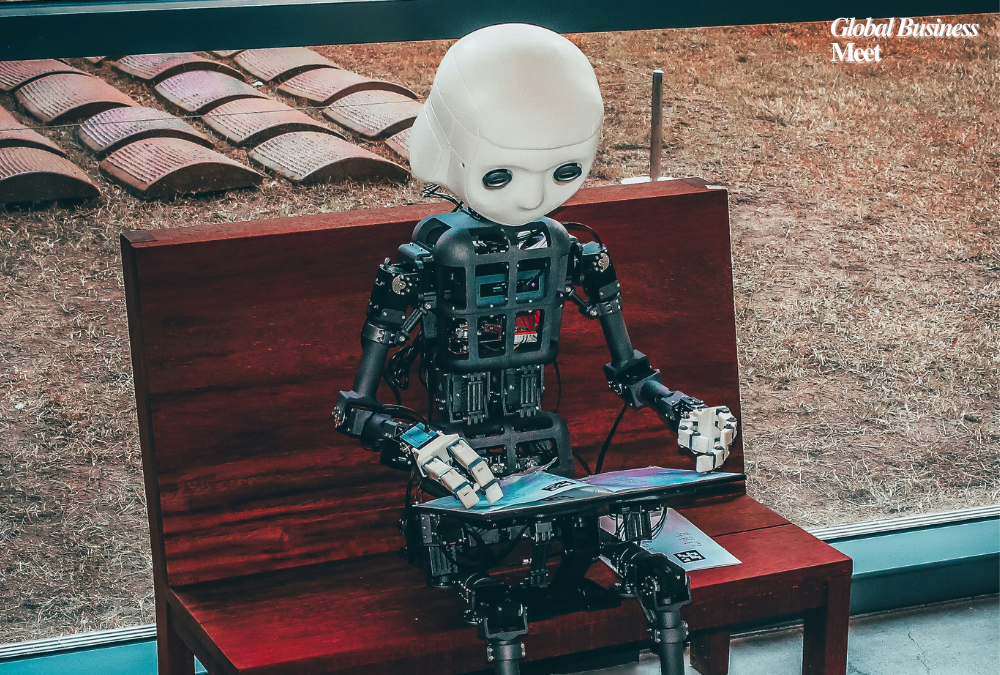






Every sentence feels like a carefully chosen stone on a path of wisdom — sturdy, beautiful, and meaningful.